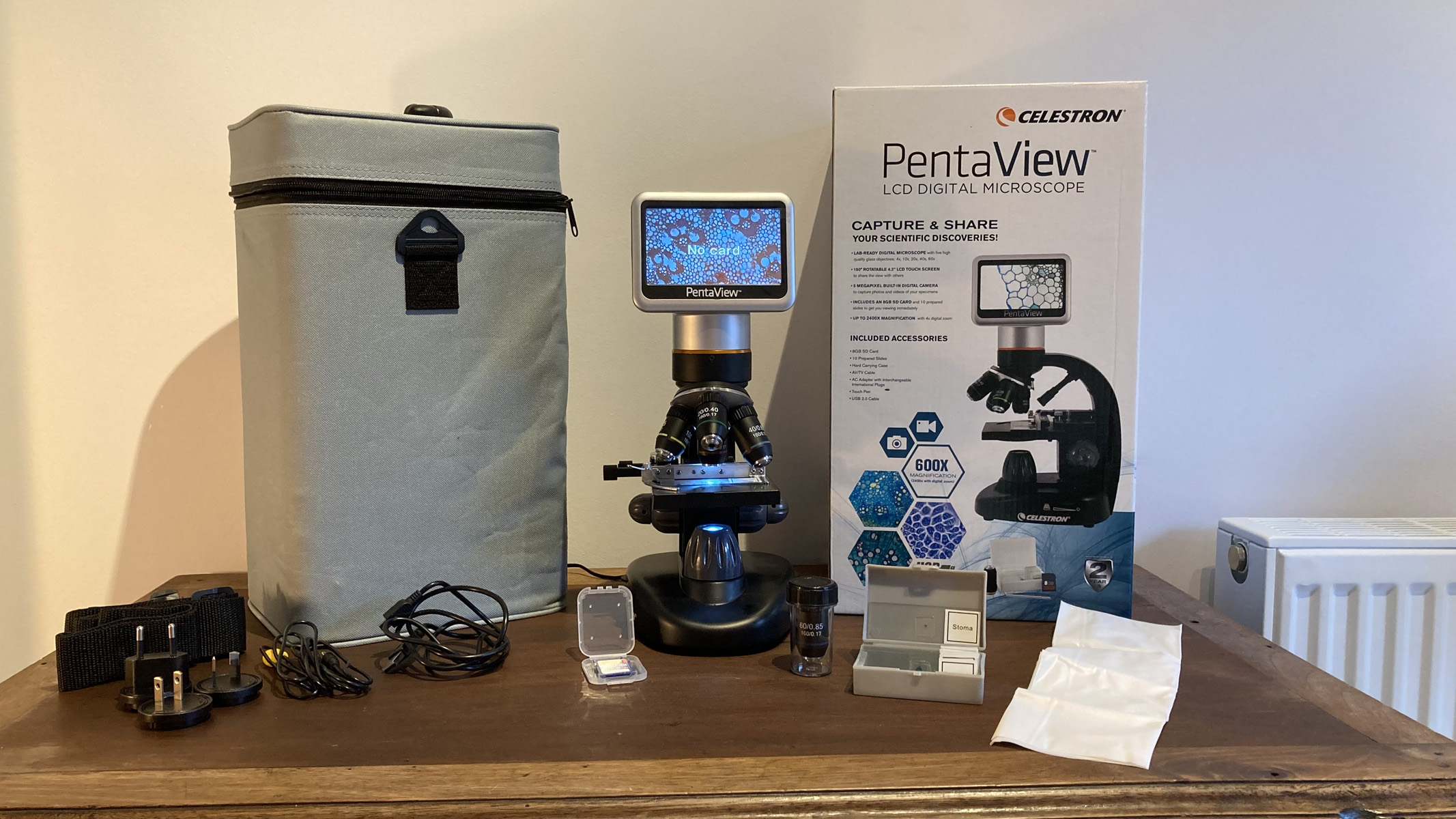CivilEng, Vol. 5, Pages 1042-1056: Perceived Risk Assessment Criteria for Public–Private Partnership Projects in the Water and Sewage Sector: Comparison of Perspectives from Iranian Public and Private Sectors
CivilEng doi: 10.3390/civileng5040051
Authors: Leila Moradi Shahdadi Babak Aminnejad Hadi Sarvari
This research used the SWARA approach to analyze risk assessment criteria for public–private partnership (PPP) projects in Iran’s water and sewage sectors to identify and prioritize the most significant elements influencing project success from public and private viewpoints. Key results show that the public sector considers “risk probability” to be the most important aspect, highlighting the requirement for stability and predictability in project outcomes. In contrast, the private sector prioritizes the “ability to predict and discover risk”, emphasizing efficiently anticipating and managing uncertainty. Furthermore, this study revealed five common major risk characteristics, including “risk manageability” and “uncertainty of risk”; however, their rankings differ per industry, demonstrating various risk prioritizing methodologies. This study is unique in that it focuses only on Iran’s water and sewage infrastructure, an area historically neglected in PPP research, providing a rare investigation of sector-specific hazards as well as the interaction between public and private interests in a developing country environment. The paper makes specific suggestions, calling for more openness, improved communication, and the use of sophisticated risk management techniques to bridge the gap across sectors. These findings not only add to the scholarly knowledge of PPP dynamics in emerging countries but also provide practical recommendations for governments and private investors navigating Iran’s infrastructure issues.

 1 month ago
18
1 month ago
18


